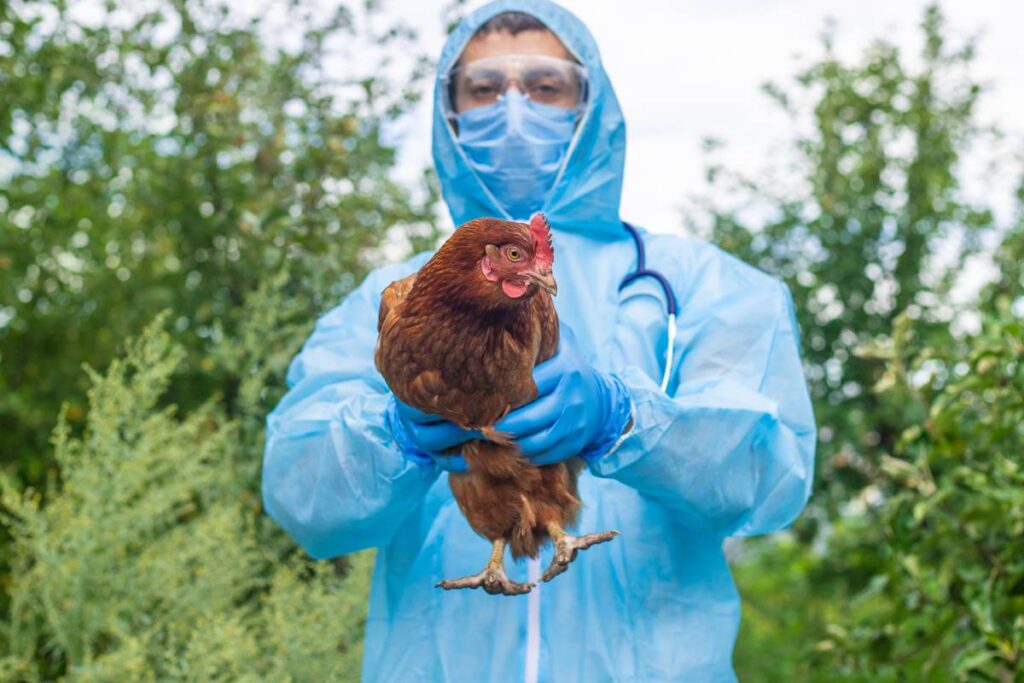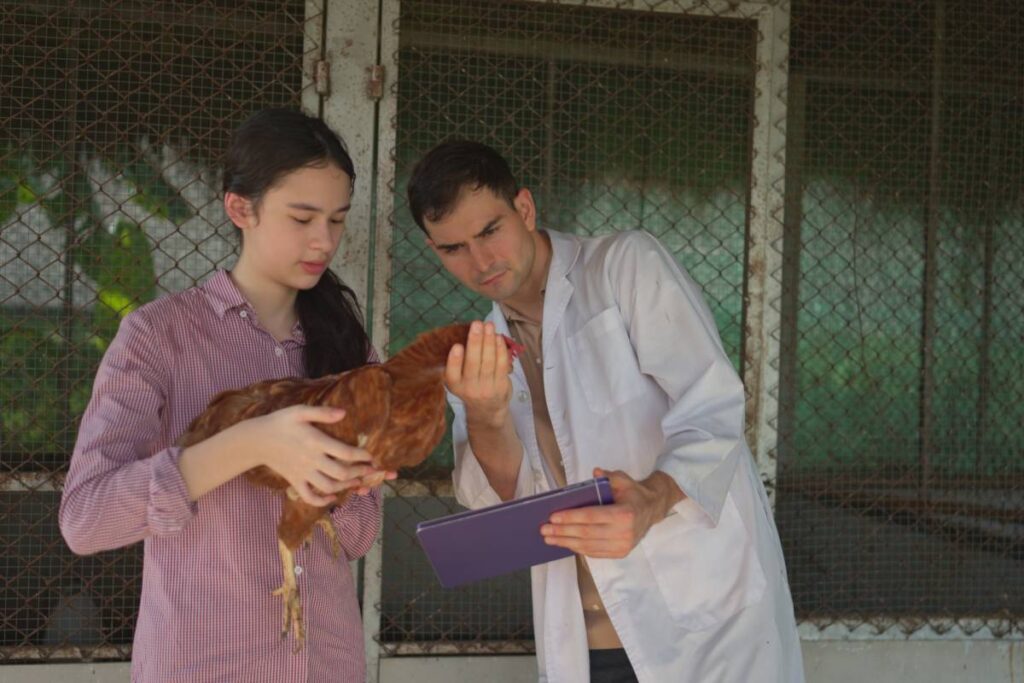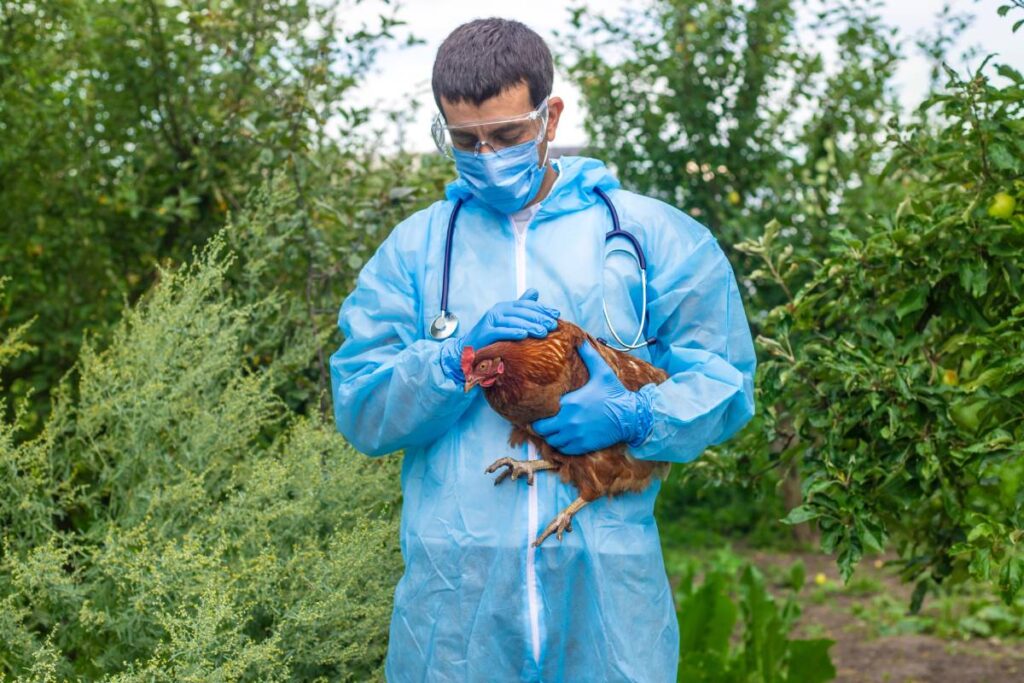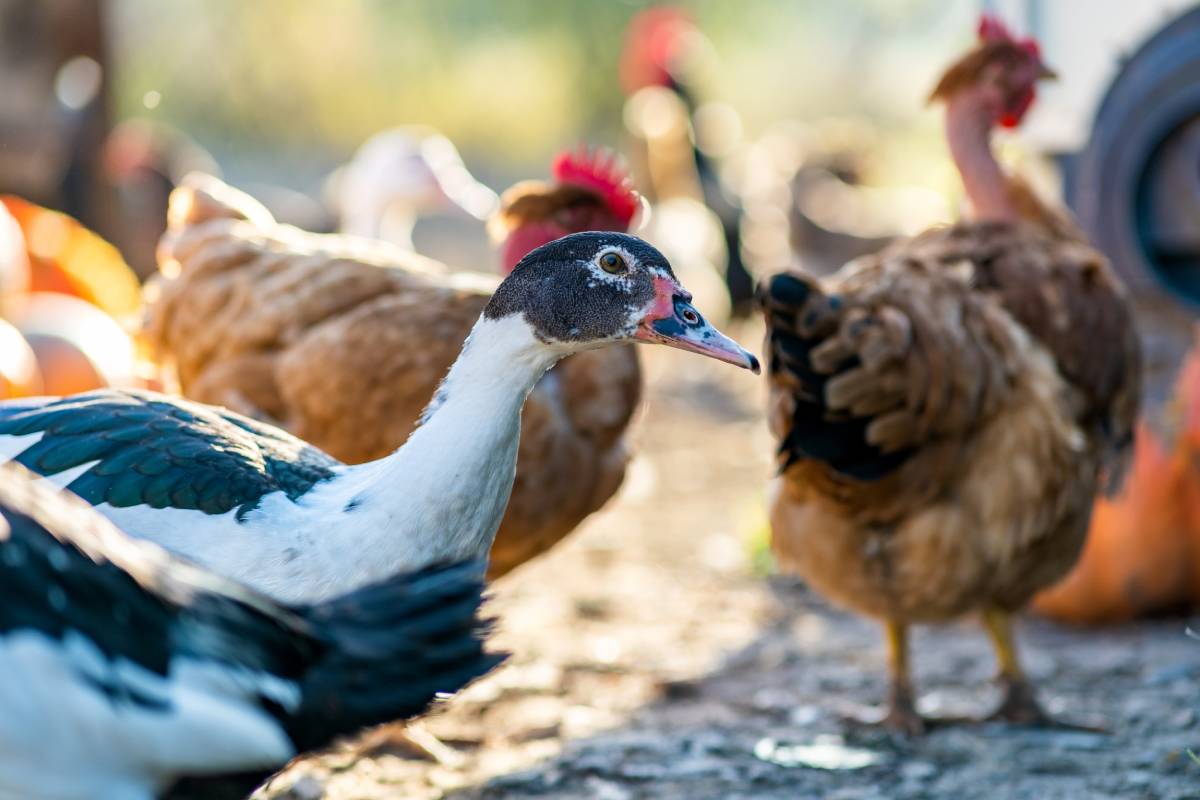Bird flu, or avian influenza, is more than just a disease that affects birds — it’s a global health concern that occasionally jumps from animals to humans. Although rare, human infections can be severe and even life-threatening. Understanding what bird flu symptoms look like, what happens when a person gets infected, and how to avoid bird flu is crucial for protecting yourself and preventing potential outbreaks. Whether you work with poultry or simply want to stay informed, this guide covers everything you need to know about bird flu, from its warning signs to proven prevention tips.
What Is Bird Flu (Avian Influenza)?
Bird flu is caused by influenza type A viruses that usually infect wild aquatic birds such as ducks, geese, and swans. These viruses can spread to domestic poultry like chickens, turkeys, and ducks, sometimes mutating into highly contagious forms that can infect humans and other animals.
The most well-known types of bird flu that have affected humans include:
- H5N1 (Highly Pathogenic Avian Influenza)
- H7N9
- H5N6
- H9N2
While these strains differ in severity, H5N1 and H7N9 are the most concerning because they have caused severe illness and death in humans.
How Does Bird Flu Spread to Humans?
Bird flu viruses do not spread easily from birds to humans, but transmission can occur through:
- Direct contact with infected birds (alive or dead).
- Touching contaminated surfaces, such as cages, droppings, or water containers.
- Inhaling droplets or dust contaminated with the virus from bird feathers or waste.
- Consuming undercooked poultry or eggs from infected birds (though this is less common).
Human-to-human transmission is extremely rare, but it has been reported in isolated cases. Health experts continuously monitor outbreaks to prevent larger-scale transmission.
Bird Flu Symptoms in Humans

The symptoms of bird flu can range from mild to severe. In many cases, early symptoms resemble those of seasonal flu, but the illness can quickly worsen.
Early Symptoms
- High fever (usually above 38°C or 100.4°F)
- Cough and sore throat
- Muscle aches and fatigue
- Headache
- Runny or stuffy nose
- Chills
Progressive or Severe Symptoms
If left untreated, bird flu can progress rapidly to more serious conditions such as:
- Shortness of breath or difficulty breathing
- Chest pain
- Diarrhea, nausea, or vomiting
- Conjunctivitis (eye redness or irritation)
- Pneumonia or respiratory failure
- Multi-organ failure in severe cases
The incubation period — the time between exposure and the appearance of symptoms — is usually 2 to 8 days, though it can sometimes be longer.
How Serious Is Bird Flu in Humans?
Bird flu infections in humans are rare but dangerous. The H5N1 strain, for example, has a mortality rate of about 60%, according to the World Health Organisation (WHO).
However, it’s important to note that the virus does not spread easily between people, which has helped prevent a widespread pandemic.
Possible Complications
When a human contracts bird flu, the infection can cause:
- Viral pneumonia, leading to severe lung damage
- Acute Respiratory Distress Syndrome (ARDS)
- Organ failure (especially kidneys and liver)
- Sepsis, a life-threatening body-wide infection
Those at higher risk of severe illness include:
- Poultry workers or farmers
- Veterinarians
- People with weakened immune systems
- Children and the elderly
Diagnosis of Bird Flu
Diagnosing bird flu in humans can be challenging since early symptoms mimic common flu or respiratory infections.

To confirm the infection, doctors may use:
- Swab tests from the nose or throat (for viral detection).
- Blood tests to identify antibodies against avian influenza.
- Chest X-rays or CT scans to check for pneumonia or lung inflammation.
If bird flu is suspected, immediate medical isolation and laboratory testing are crucial to prevent further spread. In emergencies, paramedics and healthcare providers play a vital role in safely transporting and managing patients who show severe respiratory symptoms linked to possible bird flu exposure.
Treatment for Bird Flu
There is no specific cure for bird flu, but early antiviral treatment can help reduce the severity of symptoms and complications.
Common Treatments Include:
- Antiviral medications such as:
- Oseltamivir (Tamiflu)
- Zanamivir (Relenza)
- Peramivir (Rapivab)
These drugs are most effective when taken within the first 48 hours after symptoms appear.
- Supportive care, including:
- Oxygen therapy for breathing difficulties
- Intravenous fluids to prevent dehydration
- Antibiotics for secondary bacterial infections
- Hospitalization in severe cases
Vaccines
Currently, there is no universal vaccine for bird flu available to the general public. However, researchers continue to develop vaccines targeting specific strains (such as H5N1 or H7N9) for emergency use during outbreaks.
What Happens If a Human Gets the Bird Flu?
When a human becomes infected, the body’s immune system reacts aggressively to the virus, often leading to widespread inflammation in the lungs and other organs.
The infection can cause:
- Severe respiratory distress — making it difficult to breathe without oxygen support.
- High fever and systemic inflammation, leading to exhaustion and dehydration.
- Rapid deterioration, especially in untreated cases, sometimes results in death within days.
In survivors, recovery can take weeks or even months, and some may experience long-term complications like lung scarring or fatigue.
How to Avoid Bird Flu
The best way to protect yourself and your community from bird flu is through prevention and awareness. Here are practical steps to reduce your risk:

1. Avoid Contact With Sick or Dead Birds
- Do not touch birds that appear ill or have died suddenly.
- Avoid visiting live poultry markets or farms during outbreaks.
- If contact is unavoidable (e.g., for farmers or poultry workers), always wear protective gear such as gloves, masks, and goggles.
2. Maintain Good Hygiene
- Wash your hands frequently with soap and warm water.
- Use alcohol-based hand sanitiser when soap is unavailable.
- Avoid touching your eyes, nose, or mouth after handling poultry or raw meat.
3. Cook Poultry and Eggs Thoroughly
- Cook chicken and duck meat to an internal temperature of at least 74°C (165°F).
- Ensure eggs are cooked until the yolk and white are firm.
- Avoid consuming raw or undercooked eggs and poultry dishes.
4. Keep Poultry Areas Clean
- Regularly disinfect bird cages, feeding areas, and equipment.
- Dispose of bird droppings properly to avoid contamination.
- Separate domestic poultry from wild birds whenever possible.
- Engage professional pest control services to reduce rodents or insects that can spread disease in poultry areas.
5. Monitor Outbreak Updates
- Stay informed about bird flu outbreaks in your area through official health sources.
- Follow any travel advisories or restrictions issued by the World Health Organisation (WHO) or local authorities.
6. Protect Workers in High-Risk Occupations
People working in poultry farms, slaughterhouses, or veterinary fields should:
- Wear personal protective equipment (PPE).
- Get regular health checkups.
- Report any respiratory illness immediately.
Can Bird Flu Become a Pandemic?
Health experts are always cautious about the possibility of a bird flu pandemic. The risk arises when the virus mutates to spread more easily between humans.
Currently, most bird flu viruses do not have the ability for sustained human-to-human transmission. However, ongoing monitoring and vaccination research are essential to prevent a future outbreak similar to COVID-19 or the 1918 Spanish flu.
Global Bird Flu Situation
In recent years, outbreaks of H5N1 and H5N6 have been reported in Asia, Europe, and parts of Africa. Countries like China, Vietnam, and Cambodia have experienced sporadic human cases linked to direct contact with infected poultry.
The World Health Organisation and Centres for Disease Control and Prevention (CDC) continue to track bird flu strains worldwide, emphasising early detection and control in birds to prevent human infections.
When to Seek Medical Attention
If you develop flu-like symptoms after contact with birds, visit a healthcare provider immediately. Mention your exposure history, such as:
- Visiting a poultry farm or live bird market
- Handling raw poultry or bird droppings
- Being near areas with recent bird flu reports
If symptoms are severe, paramedics should be called to provide safe emergency transport to a hospital while minimising the risk of virus spread. Early medical attention can be life-saving. Doctors may prescribe antiviral medication or recommend isolation to prevent further transmission.
Conclusion
Bird flu remains a serious but controllable threat to human health. While the infection is rare, it can cause severe illness and death when it occurs. Knowing bird flu symptoms, understanding what happens when a human is infected, and following simple prevention measures like good hygiene, proper cooking, pest control, and avoiding contact with sick birds can significantly reduce the risk.
As scientists continue to develop vaccines and improve surveillance systems, public awareness remains the strongest defence against bird flu. Staying informed and cautious, especially in areas where poultry farming is common, is key to preventing the next outbreak.


